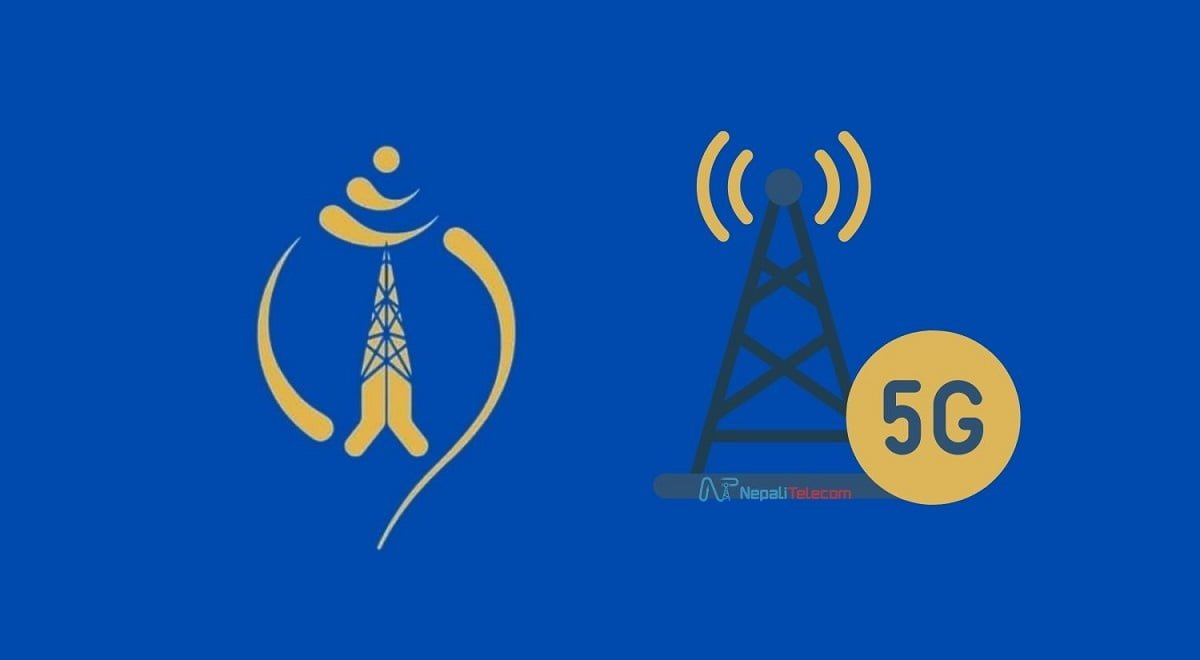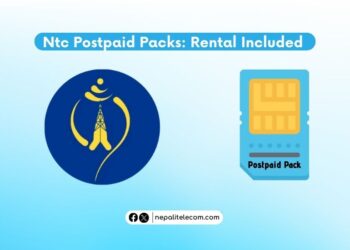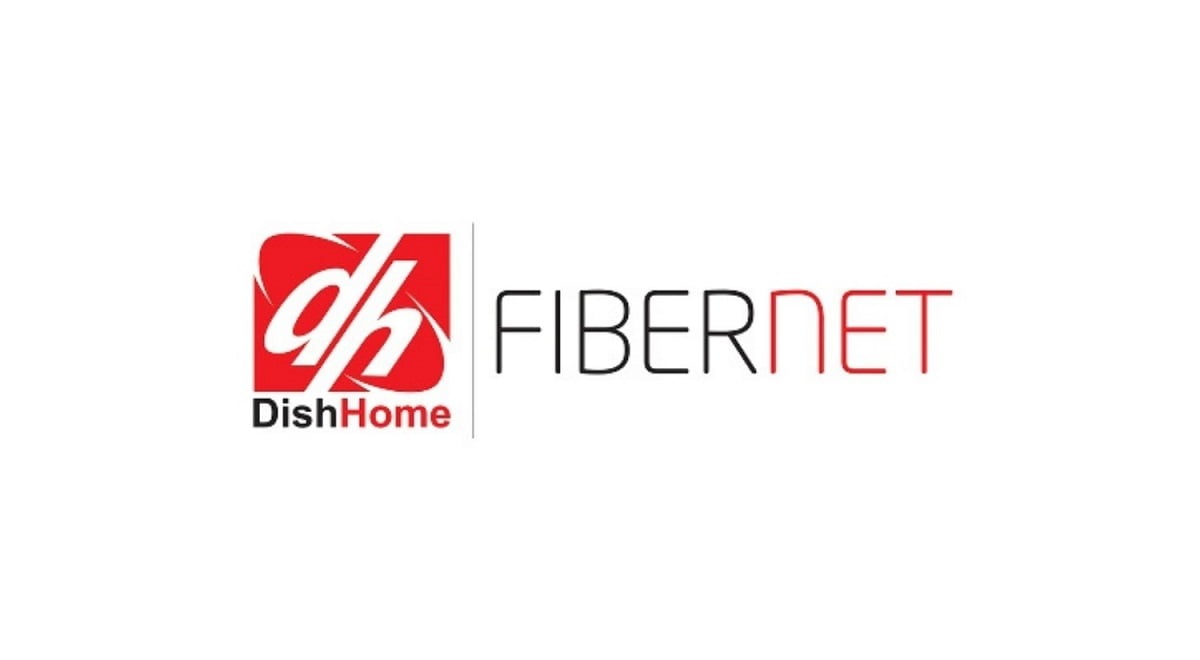Despite the public access slipping further for (Nepal Telecom) NTC 5G, there’s still curiosity about what the speed would be. The telco started its fifth-generation wireless network in the 2600 MHz frequency which will play a key role in determining its speed and coverage. In this post, we delve deeper and explore the potential performance of the state-backed telco’s 5G mobile network.
Ntc started the 5G trial on Magh 22 to immense elation and has expanded it to Pokhara and Birgunj. You may have been frustrated at the delay in public access to the popular network however, that hasn’t stopped waves of speculation over its transformative potential. It’s about epic-fast broadband speed and lower latency than others. Qualcomm claims that a 5G network can theoretically deliver up to 20 Gbps speed. But what in the case of Ntc? Let’s find out.
Let’s begin with the 5G basics
Mobile communication quality depends on how high frequencies are used. The higher the frequency, the higher the bandwidth availability and speed, but the lower the coverage. 5G is the next-generation wireless standard that can run on an extremely high spectrum. So, it’s obvious it brings a tremendously high throughput capacity. So, its downlink and uplink speed is determined by the bandwidth of the used spectrum band.
To better understand the correlation between frequency and speed, 5G frequency is classified into three categories- low band, mid-band, and high-band aka mmWave. Below 1 GHz is considered low band, and 1 GHz to 6 GHz is often agreed as mid-band. Bands above 26 GHz are the high band which is also called mmWave in the 5G glossary. The band formation is hazy and subject to varying interpretations.
Similarly, Non-standalone (NSA) and Standalone infrastructure also play a role in 5G performance. The former works on existing 4G/LTE infra while the latter works on dedicated hardware and software designed for the network. Either way, these technologies don’t always correlate to performance and efficiency. However, they provide an insight into their relationship with the 5G mobile network. Do check out: NSA vs SA 5G Architecture
| 5G frequency bands | Low-band | Mid-band | High-band (mmWave) |
| Frequency | <1 GHz | 1 GHz – 6 GHz | <26 GHz |
Also read: Probable 5G spectrum bands in Nepal
Each band has its own advantages and disadvantages. In a nutshell, each band has an inverse relationship between speed and coverage. Let’s learn more about it.
5G Bands: Speed and Coverage
Mobile communication works on the frequency and they are of a certain range or bands as discussed above. In terms of speed, the frequency bands are considered better when they go higher. But there is a quibble. Higher bands do carry more bandwidth capacity but they offer limited coverage. For instance, the mmWave spectrum uses extremely high frequencies and can deliver up to 1 Gbps speed. However, its airwaves’ transmission capacity is so fragile that they can only reach a few meters in coverage.
The low-band 5G is arguably the least attractive 5G option. It barely improves broadband speed from the current 4G speed, due to the least bandwidth they have.
Similarly, for an operator, If you are on 4G and don’t want to spend a fortune on 5G hardware, you don’t need to. Telcos bring 5G using non-standalone architecture which uses existing 4G infra.
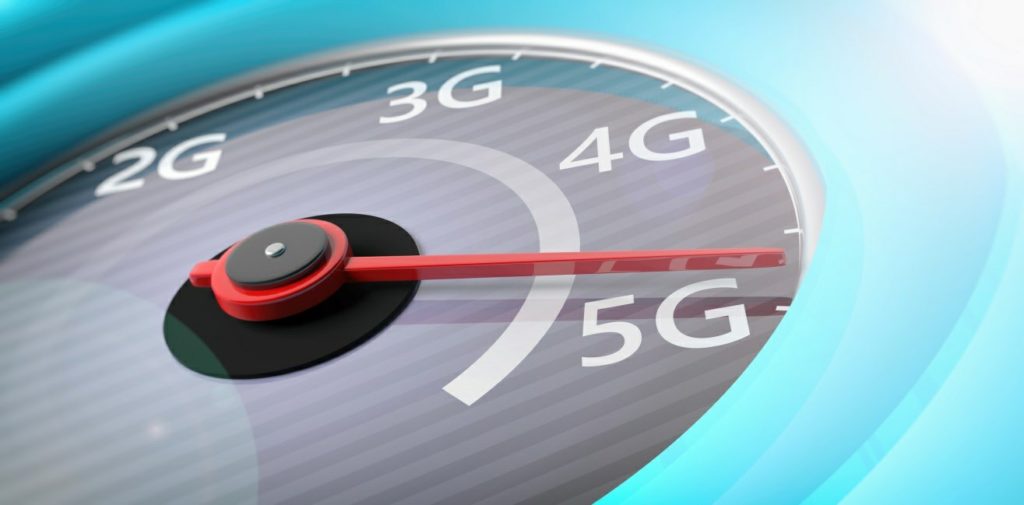
The US telcos first kicked off with the same NSA 5G spectrum and the result was underwhelming. Now, many telcos in the country are giving significant upgrades to the network, using not only SA 5G but also newer bands including mmWave. A low-band 5G offers a negligible speed increase from 4G. In sum, it’s not readily worth the shift. At the same time, do read: 4G vs. 5G: Differences Between Two Mobile Networks
The mid-band 5G frequency, however, is the sweet spot. Due to its moderately high frequency, it brings the most efficient combination of speed and coverage. It is increasingly used by multiple states in the current days of 5G deployment. It can bring around and over 1 Gbps speed.
Don’t miss: How to Check 4G and 5G Band Support on Your Smartphone?
Cut to the chase, What will be the Ntc 5G speed?
Ntc 5G speed and coverage: How much can be expected?
Nepal Telecom received 5G approval from the Nepal Telecommunications Authority (NTA) with 60 MHz frequencies in the 2600 MHz band for the trials. It is also called the sub-6 GHz band. This combines speed and coverage which makes it the sweet sport for 5G. However, due to several other factors including the handset ecosystem, this band is not the leading one.
Having pushed public access for its 5G trial for the lack of compatible 5G phones, Ntc is currently testing the network internally with NSA architecture. We are getting reliable information from the insiders that they are consistently getting a download speed of between 800 Mbps to 1 Gbps on their devices. So, in its first phase trials, we can expect around 1 Gbps speed from the Ntc 5G trial while the coverage will span within a kilometer thanks to its mid-band spectrum. The company has revealed its plan to use SA architecture for 5G however, it’s stuck at NTA due to the license issues for importing equipment.
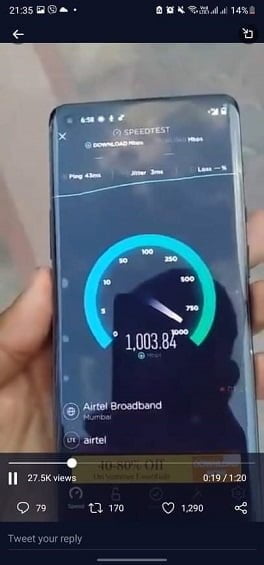
In terms of coverage, the 2600 MHz spectrums travel around 1 km but due to the advancement of antenna technologies, the airwaves can go further. But in the case of CPE, the ability could go even higher due to the additional gain in the device antenna. That means you can expect Ntc’s 5G to cover around 1 km with a single cell tower. That is not so exciting. Still, that’s what we have to get used to in trade for extraordinarily fast data rates.
Ntc officials have been sharing that they can get up to 1 Gbps download speed on their 5G network. But it should be clear that this is the maximum achievable peak throughput under all ideal conditions.
Real-world 5G speed may differ
But stay assured that it is just a trial phase (most probably in an ideal environment) and won’t determine the same speed when it launches commercially. But we should be clear that there may be multiple bands used for a 5G network, which can increase the speed with a term called carrier aggregation. In a real-world scenario, we can expect 300 Mbps as the current trend shows in the world, also with the fact that there is no requirement for such a gigantic speed. The number of users, deployment technology, number of spectrum bands & bandwidth deployed, distance from the base station, and many other factors determine the real-life data speed from each mobile network (2G, 3G, 4G, 5G).
Find out: 5G network in Nepal | Features, Spectrum, Compatible devices
5G network in higher bands is constrained by its limited coverage but with time, newer technologies, and innovation could significantly enhance the technology and bridge the discrepancy that exists between 5G speed and coverage.
So, there you have the speed and coverage of a 5G network, but 5G is more than just the speed. If you have any queries on it, do let us know.


